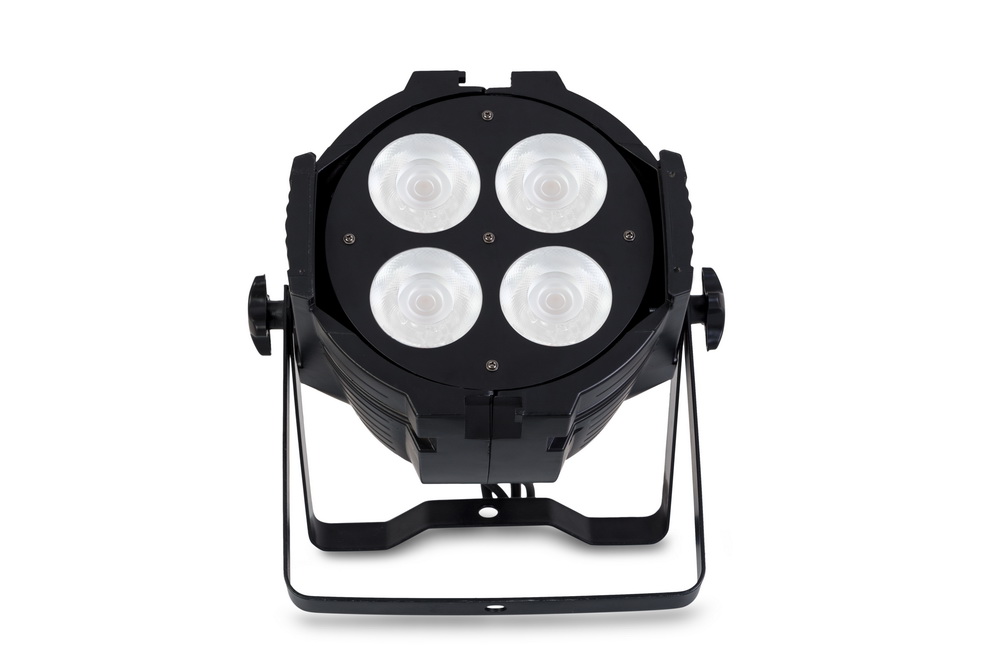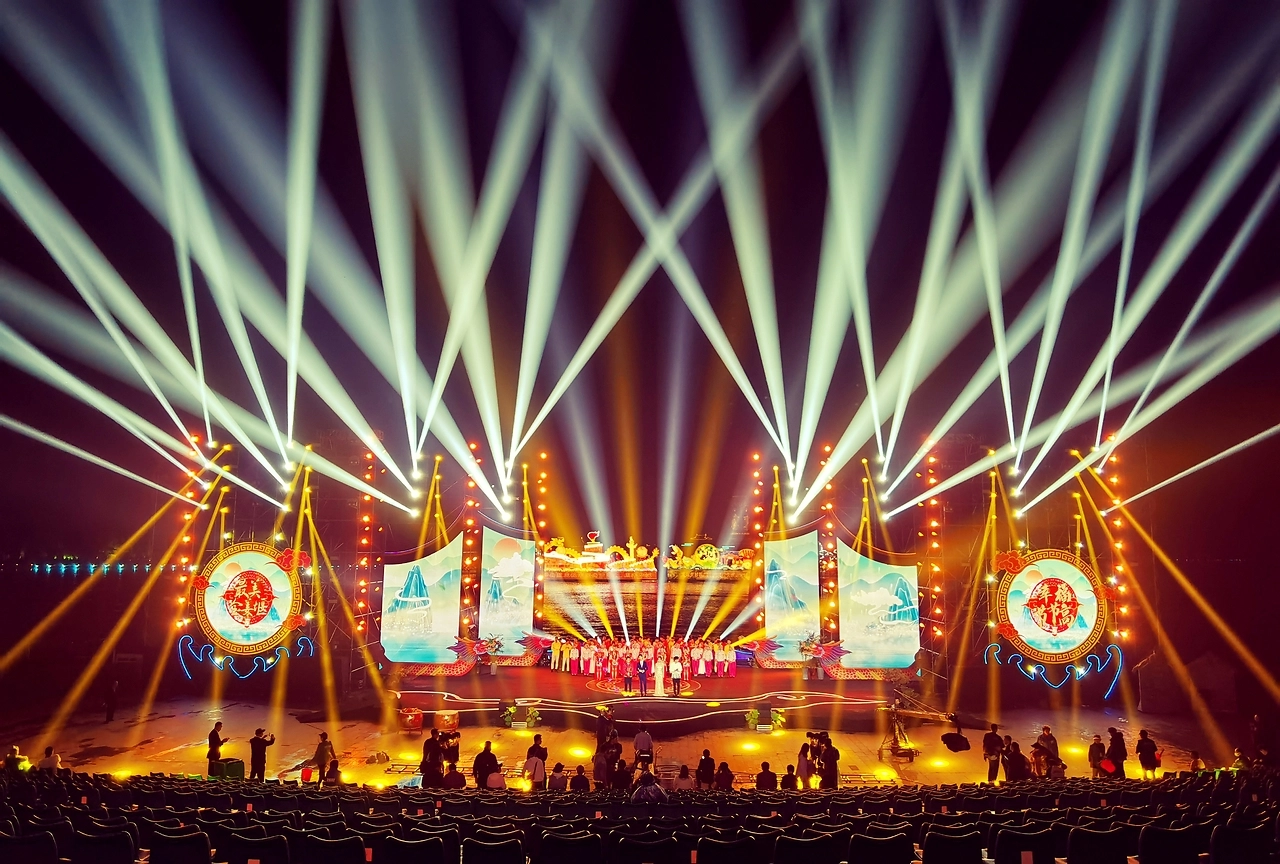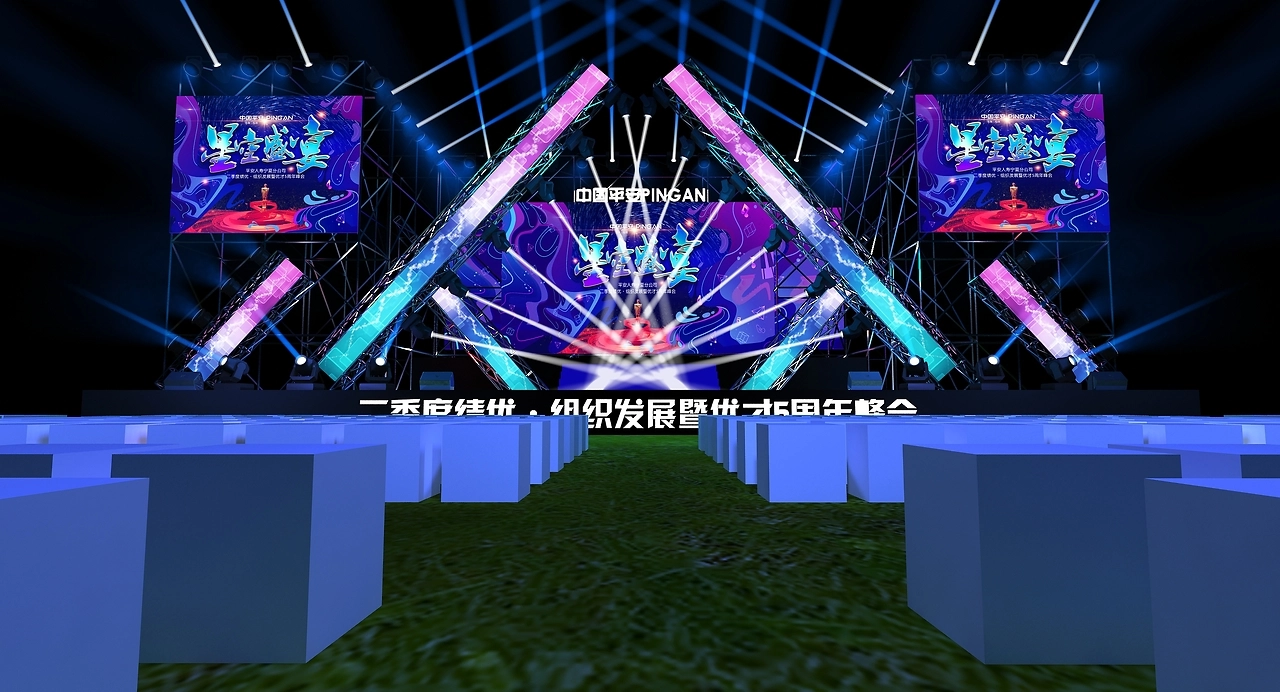Stage Lighting: The Poetics of Light and the Deconstruction of Spatial Power
#stage light

In ancient Greek open-air theaters, sunlight was the only lighting tool, and actors and audiences shared the natural light and shadow under the same sky. When modern stage lighting first came on at the Paris Opera House, this artificially created light instantly rewrote the power structure of the theater space. Stage lighting is not only a product of technological development, but also a visual metaphor for human cognition of the world. It constructs the temporal and spatial dimensions of drama in the alternation of light and shadow, and deconstructs the traditional boundaries of viewing and performance relationships in the flow of light and shadow.
Whatsapp:+86 134 1860 8878
1、 The Revolution of Light: From Lighting Tools to Narrative Subjects
When the blue flames of gas lamps swayed in European theaters in the 19th century, stage designers discovered the dramatic potential of light. Edward Gordon Craig defined lighting as a stage element of the 'fourth dimension', and in his design for Hamlet, moving beams of light envelop the actors like the hand of fate. This groundbreaking practice completely changed the position of lighting as an auxiliary tool, making light and shadow an organic component of theatrical language.
The accuracy of modern laser technology can reach 0.01 millimeters, and with the synchronization of the time code on the digital console, it can accurately reproduce the light and shadow effects of the 1896 Paris Opera House accident at the moment when the chandelier in "The Phantom of the Opera" falls. The intelligent light tracking system is linked to the RFID chip on the actor's body through infrared sensing, achieving dynamic light and shadow narrative when the protagonist and the warhorse are separated in the battlefield scene of "War Horse". Technological innovation constantly expands the expressive boundaries of lighting, elevating it from physical lighting to emotional lighting.
In the immersive drama 'Sleepless Night', the audience holds candlesticks and freely explores the five story space. The moving light source deconstructs the traditional frame style stage into a fragmented narrative maze. This participatory light and shadow experience subverts the one-way relationship between viewing and performance, and every audience becomes a co creator of the light theater.
2、 Spatial Topology: The Dramatic Dimension of Light and Shadow Reconstruction
Peter Brooke emphasized in his theory of "Empty Space" that "I can choose any space and call it an empty stage." Contemporary stage design achieves quantum state superposition of space through lighting topology. In Robert Wilson's "Einstein on the Beach," the geometric space constructed by parallel light and the virtual image space created by projection form a multidimensional dialogue, and the audience experiences the relativity of time and space at the critical point between reality and illusion.
The virtual depth of field created by dynamic lighting programming can present an infinitely extended interstellar space on an 8-meter-deep stage. German director Frank Kastov used strobe lighting to create time slices in "Wojciek", deconstructing linear narrative into a stream of consciousness style psychological space. This non Euclidean spatial construction is essentially a philosophical inquiry into the authenticity of drama.
The circular LED curtain wall of the Berlin People's Theater's "Oedipus" transforms the theater into an information island in the data flood through real-time rendering of particle light effects. The intelligent dimming system in the audience seat automatically adjusts the color temperature according to the plot rhythm, making the entire viewing space a programmable emotional resonance chamber.
3、 Perceived Politics: Spectral Analysis of Observational Power
In traditional theater, the framed stage is like Foucault's "panoramic open view prison", where the audience is given the privilege of voyeurism in the darkness. Contemporary experimental theater subverts this power structure through intelligent lighting systems. In the Rimini Documentary Theater's "Remote Sensing Home," the audience's mobile GPS data generates real-time lighting paths, completely melting the boundaries of the performance in the data stream.
Biosensing technology is rewriting the logic of lighting control. The EEG brainwave light control system developed by the University of Tokyo can automatically adjust the stage spectrum based on the audience's collective emotional index. At the opening performance of the Amsterdam International Theatre Festival, this technology achieved neural resonance between 2000 audience members and performers, weaving individual perceptions into a collective consciousness network.
The virtual reality theater "Prisoner of Light" uses eye tracking technology to make the lighting effects change in real-time with the audience's visual focus. This interactive paradigm deconstructs the traditional "gaze being gazed" mode of performance into multidimensional perceptual dialogue, where each audience receives a unique narrative version.
When responsive lighting devices constructed from smart materials can sense air vibrations and convert them into light wave motion, the stage space becomes a breathing organism. The drama of light is no longer limited to visual representations, but has evolved into a quantum entanglement that connects the material world with the realm of consciousness. In this sense, contemporary stage lighting is not only a product of technological revolution, but also a mirror of human cognitive paradigms - it re encodes theatrical DNA with photons and writes the poetics of theater in the post human era through the alternation of light and dark.
Whatsapp:+86 134 1860 8878






